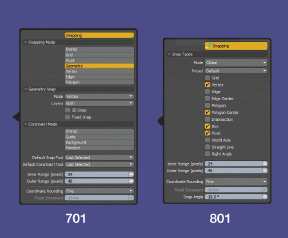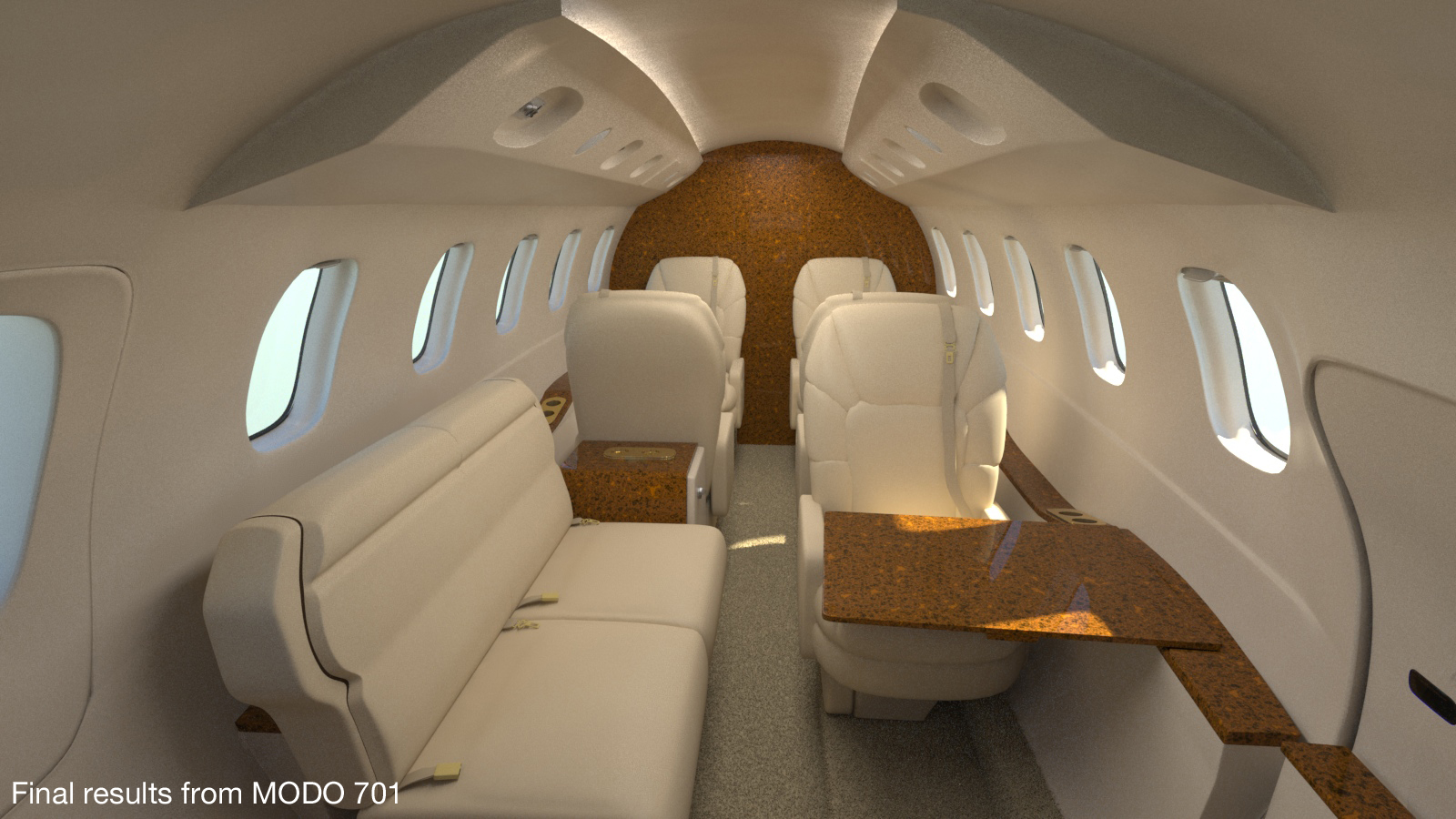
#Modo 801 rendering software
A 30-day full-function trial version of the software was made available. It offered faster rendering speed and several new tools including the ability to add thickness to geometry.

In January 2007, Modo won the Game Developer Frontline Award for "Best Art Tool". In October 2006, Modo also won " Best 3D/Animation Software" from MacUser magazine.
#Modo 801 rendering mac os x
Modo 201 was the winner of the Apple Design Awards for Best Use of Mac OS X Graphics for 2006. This promised many new features including the ability to paint in 3D ( à la ZBrush, BodyPaint 3D), multi-layer texture blending, as seen in LightWave, and, most significantly, a rendering solution which promised physically-based shading, true lens distortion, anisotropic reflection blurring and built-in polygon instancing. Other studios to adopt Modo include Pixar, Industrial Light & Magic, Zoic Studios, id Software, Eden FX, Studio ArtFX, The Embassy Visual Effects, Naked Sky Entertainment and Spinoff Studios.Īt Siggraph 2005, Modo 201 was announced. In April 2005, the high-end visual effects studio Digital Domain integrated Modo into their production pipeline. NewTek's Vice President of 3D Development, Brad Peebler, eventually left Newtek to form Luxology, and was joined by Allen Hastings and Stuart Ferguson (the lead developers of Lightwave), along with some of the LightWave programming team members (Arnie Cachelin, Matt Craig, Greg Duquesne, Yoshiaki Tazaki).Īfter more than three years of development work, Modo was demonstrated at SIGGRAPH 2004 and released in September of the same year. In 2001, senior management at NewTek (makers of LightWave) and their key LightWave engineers disagreed regarding the notion for a complete rewrite of LightWave's work-flow and technology.

They are based in Mountain View, California.

Modo was created by the same core group of software engineers that previously created the pioneering 3D application LightWave 3D, originally developed on the Amiga platform and bundled with the Amiga-based Video Toaster workstations that were popular in television studios in the late 1980s and early 1990s.


 0 kommentar(er)
0 kommentar(er)
